USA Pro Challenge: The Day report stage 6
Race and Power Analysis of the USA Pro Challenge Stage 6
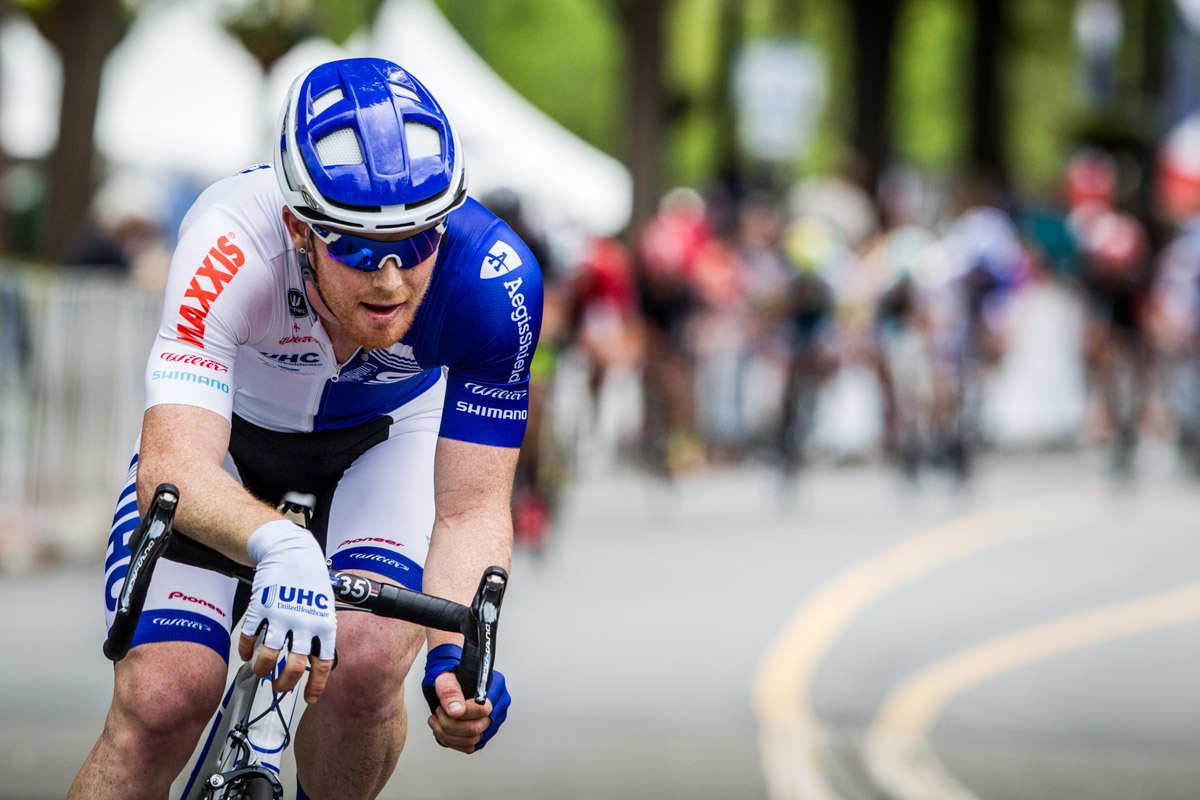
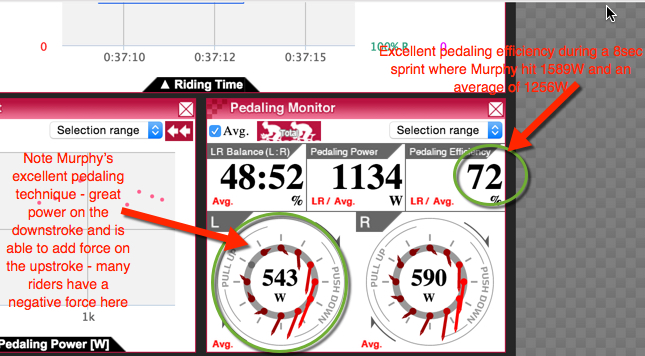
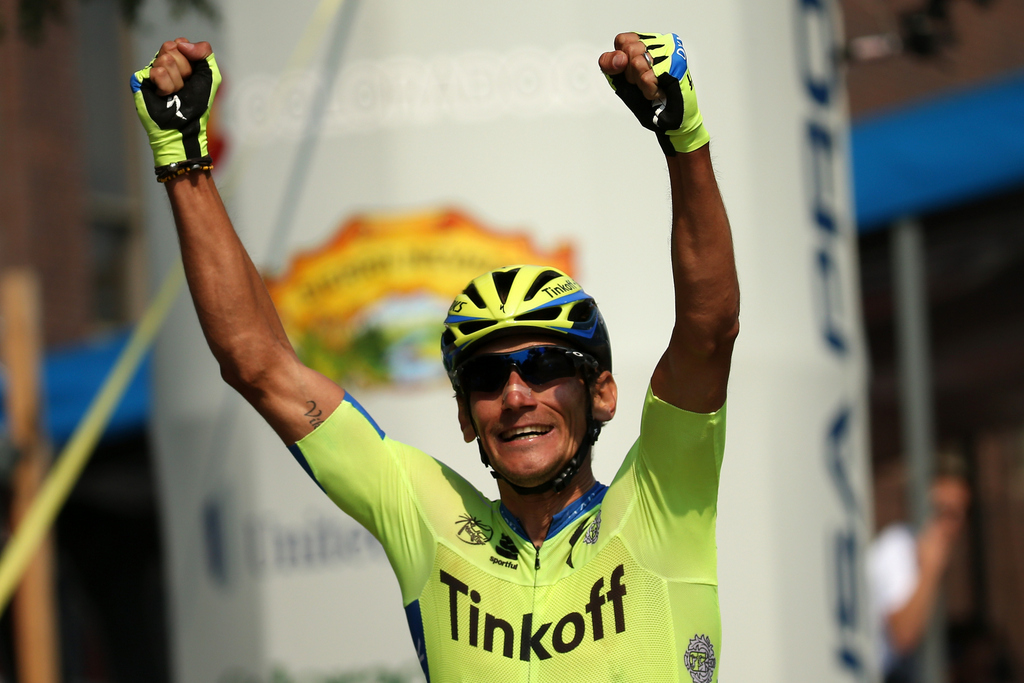
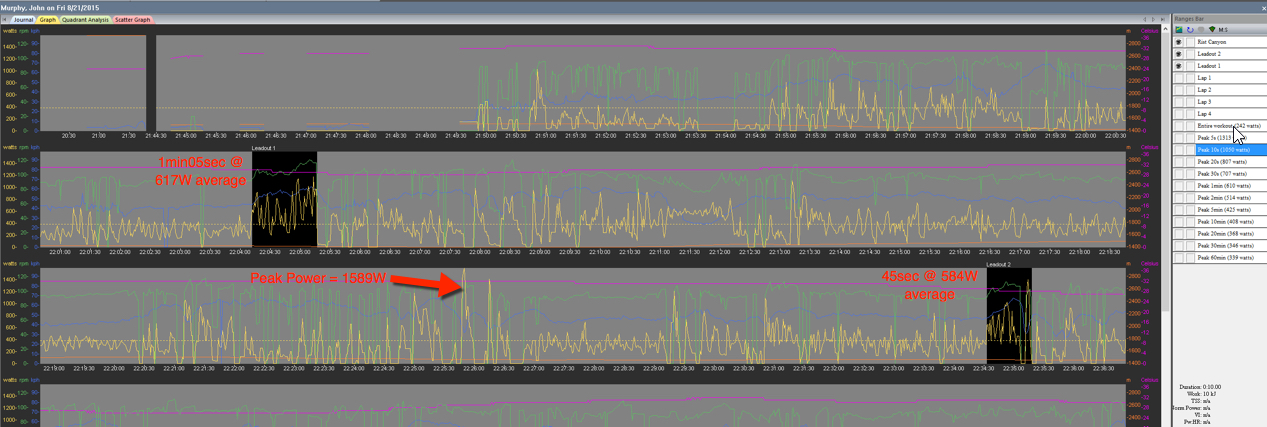
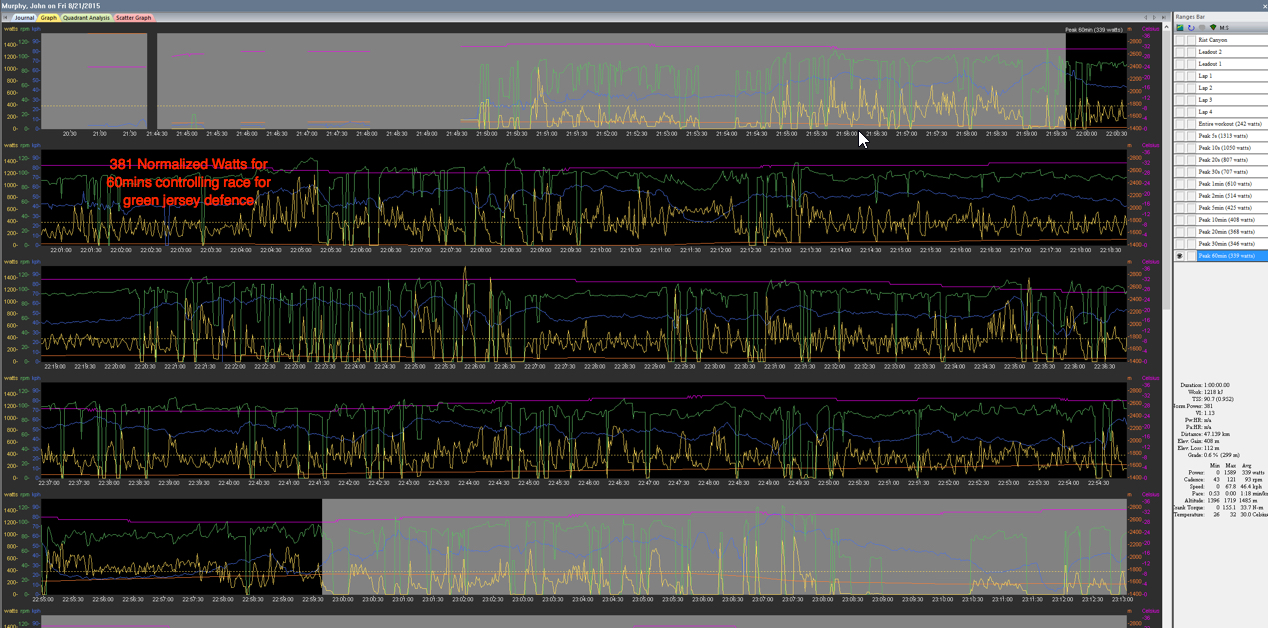
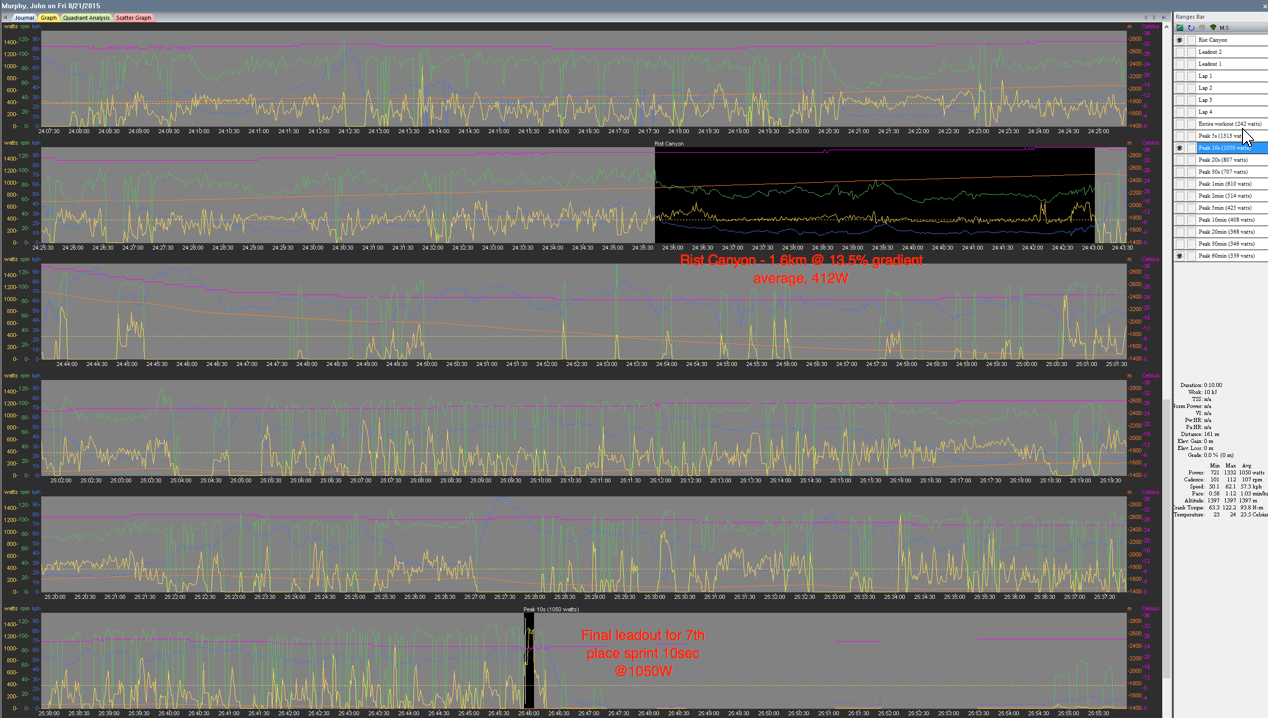
The break finally succeeds at the USA Pro Challenge. After a week of tough racing in the highest parts of Colorado’s Rocky Mountains, the peloton finally gave a little too much room to the lead group of seven, which became six when Danny Summerhill (UnitedHealthcare) crashed on the descent with 50km to go.
Early on in the stage, UnitedHealthcare controlled the race in support of securing the sprint jersey for Kiel Reijnen through the first two intermediate sprints. As soon as this goal was accomplished, they took their foot off of the accelerator and seven riders immediately took advantage of this to form the first breakaway of the day.
Buckhorn Canyon, climbing up to Rist Canyon, did not look overly challenging on paper, with just an average gradient of 4% for 19.2km, but the final 1.6 kilometres averaged 13.5 per cent to test the legs of the riders who were just hanging on. The peloton rode it conservatively as it was too far from the finish for any GC battles and with the ensuing 15-kilometre descent, the break was able to hold their advantage through to the finish line. The sprint teams chased hard, but their calculations were wrong and it was in vain. Tinkoff-Saxo’s Roman Kreuziger won the sprint with Javier Mejias of Novo Nordisk in second and Leonardo Basso of Trek Factory Racing in third.
We went to UnitedHealthcare’s sprinter, John Murphy to gain some insight on the stage. With such an emphasis on winning the first two intermediate sprints for the team, they were left a little vulnerable when the break went up the road. The bullets they spent early, hurt them later on and, although they were able to move Reijnen into a solid 12-point lead in the sprint jersey, the second goal of a stage win didn’t pan out.
Power is very relative to weight and with Murphy weighing about 81kg (according to his bio), he presents as a strong and powerful sprinter. Impressively, he has held on well in the mountains and being back down at 1500m of elevation in stage 6, his sustained power has increased with the additional oxygen available.
In reviewing Murphy’s race file today, we see the two leadouts that he performed for Reijnen for the intermediate sprints. The first was one minute 5 seconds at 617W and the second was 45 seconds at 584W.
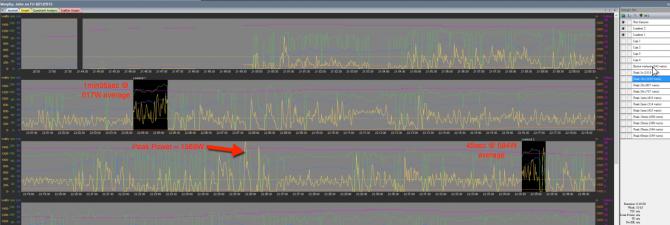
His pedaling efficiency, as shown on Pioneer Cyclo-Sphere during one of his sprints, shows his excellent pedaling technique. He not only applies great pressure on the pedals on the downstroke, but he is also able to pull up enough on the upstroke to add power to the pedaling revolution. This is a difficult thing to achieve and in fact, many people actually apply negative force here and reduce their overall power.
Get The Leadout Newsletter
The latest race content, interviews, features, reviews and expert buying guides, direct to your inbox!
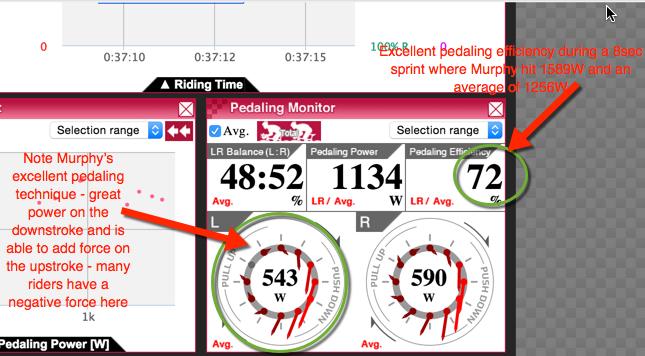
Highlighting some larger chunks of data, it is clear to see John’s efforts in the first hour with 381 “normalized” watts, which is likely not far from his maximal sustained power for this time period. Normalized watts are an estimation of what your average watts would be if you were to smooth out the effort and keep the power output sustained – an estimation of the physiological cost of the effort.
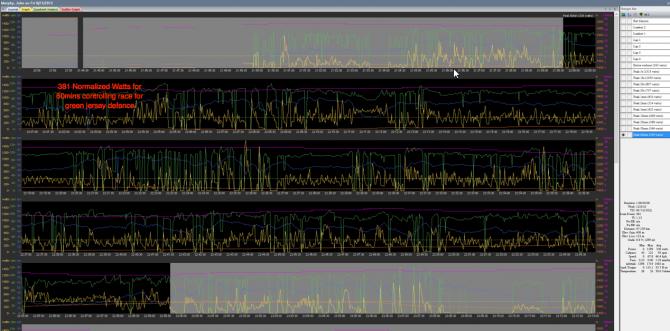
The final 1.6km at 13.5% kick up to Rist Canyon, Murphy had to average 412W for 7min20sec to stay with the bunch. His final leadout was just 10sec long and he averaged 1050W. He finished 7th on the stage and Reijnen 9th.
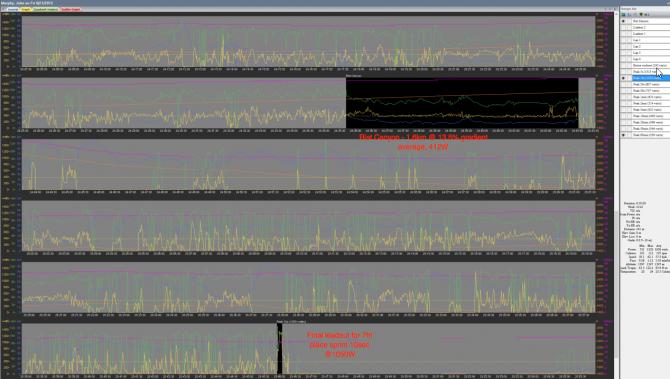
The women also raced today on a similar course. It was great seeing them racing on the big stage of the USA Pro Challenge with excellent support. Taylor Wiles from DNA Racing took the win.
To subscribe to the Cyclingnews video channel, click here.